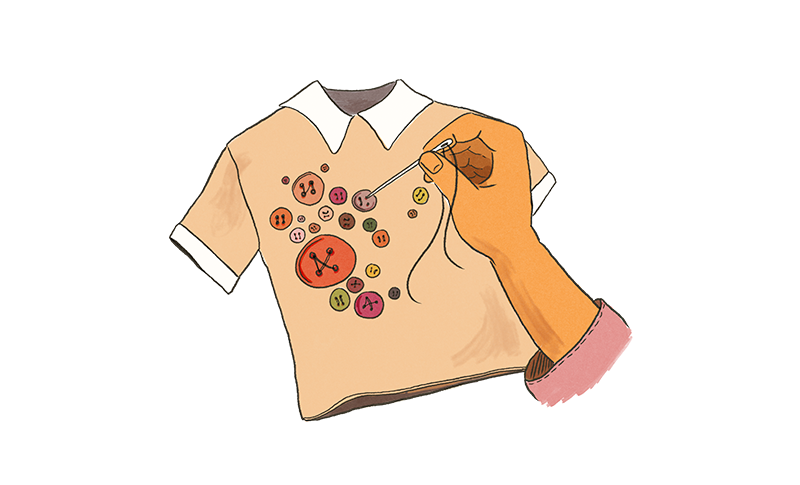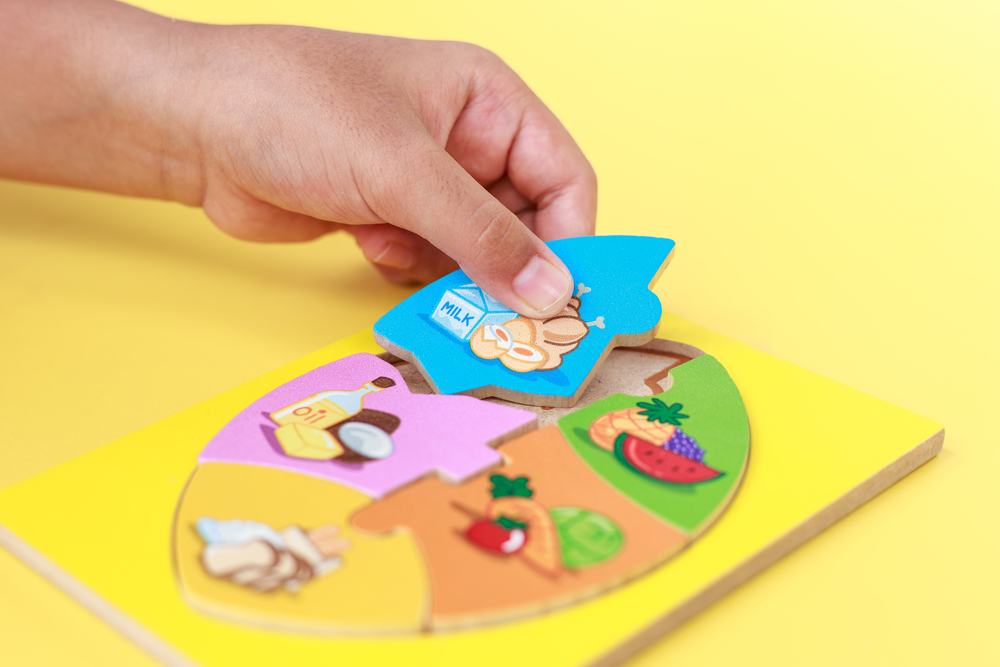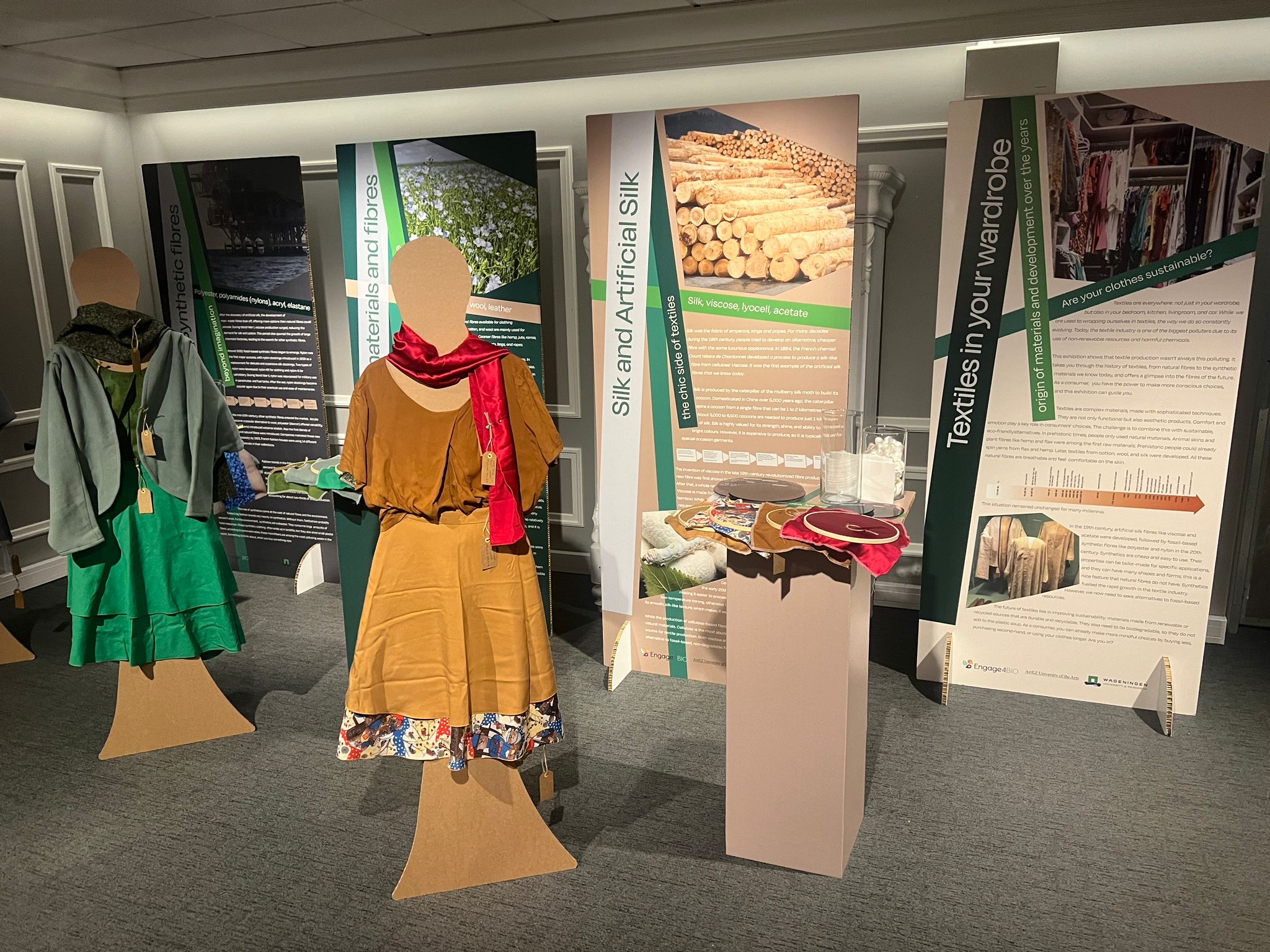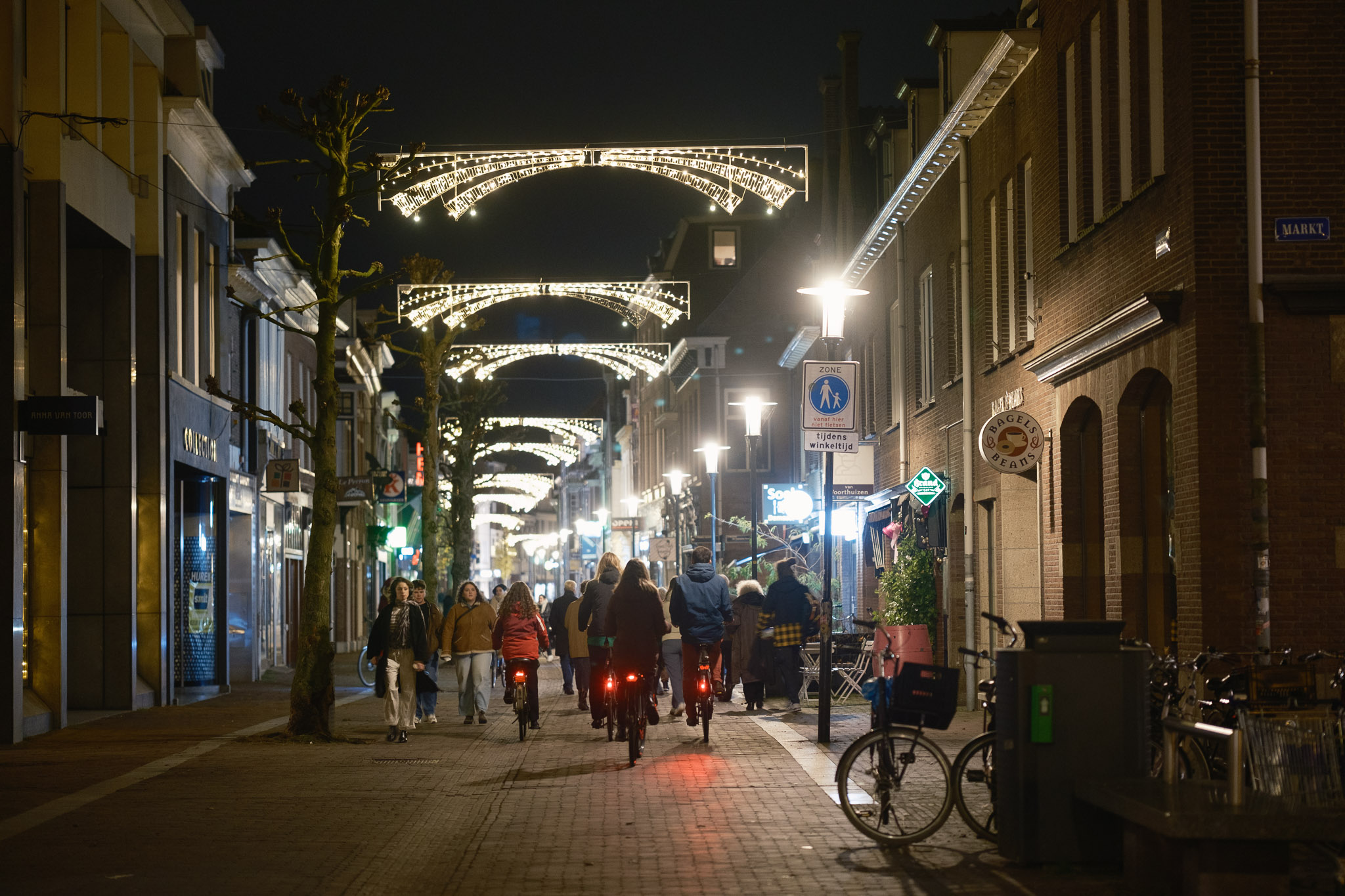Spring is just around the corner, time to clear out your wardrobe and swap your woolly jumpers for something lighter. Can you do that ethically? How do you make your wardrobe sustainable? Resource asked Dieuwertje de Wagenaar, who works as a researcher for the Circular Fashion Lab.
What do you need?
‘This is where there is the most to be gained,’ says Wagenaar. ‘Before buying something new, ask yourself: Why do I want this? What’s behind it? Can I satisfy this need in another way?’ Research by the Circular Fashion Lab shows that people have an average of 132 garments in their closets, a full quarter of which they never wear. ‘What about you? Before you buy something, think: Do I need it? How often am I going to wear it? How long will I go on liking it?’
Don’t buy anything
It’s a no-brainer, of course, but buying nothing is the most sustainable. If you still feel the need for something new to wear, swap your unused garments at a clothing swap. The Superette and Thuis Wageningen have a permanent swap shop.
Second-hand is sustainable if you buy it instead of something new
You can also borrow clothes from a clothes library. For a small sum, you have something new for a while. You can do this in Arnhem and Amersfoort for example, or online at Lena Library. So you can still wear new trousers every month or shine at that wedding you’re going to without having to buy a new dress. That’s sustainable for your bank balance too.
Mend it
Hole in your jumper? Repair it! ‘Most people don’t know how to repair torn clothes, but think the tailor is too expensive,’ says Wagenaar. ‘There is a lot to be gained there. Actually, I think everyone should learn how to mend clothes at school.’ An easy way to learn is to take your garment to a Repair Café. There are two locations in Wageningen, open twice a month. Here you can watch your clothes being mended and learn how to do it for free. ‘If you don’t want to do it yourself, you can go to the tailor. Then you pay labour costs, but we’ve got to kick the habit of buying something new instead of mending things just because it is cheaper. We have to learn to see things differently.’
Buy second-hand
If you do want to buy clothes, buy second-hand. In Wageningen, you can do well at the Emmaus, 2nd Heaven, ‘t Herenzaakje – or at Lauras70slife for a funky outfit. Of course, you can also shop online: locally at Second Hand Clothing Wageningen on Facebook, or via Vinted. Then your clothes do get shipped (sometimes from far away), but the production and dyeing of textiles are a lot more polluting than the transport. Again, Wagenaar suggests some reflection: ‘Second-hand is sustainable if you buy it instead of something new, not as an extra addition to an already full wardrobe. And look at the quality of the item. If it costs two euros on Vinted, it probably won’t last long.’
Choose your material
If you go for new, there are a few points to consider. De Wagenaar: ‘Synthetic fabrics come from the fossil industry and produce microplastics, in the air, in water and in other waste streams. Synthetic materials are very useful for some garments, such as outdoor wear, raincoats and sportswear. There are no good alternatives for those yet either. So I think it’s permissible at times.’
Pay attention to the composition of the fabric too. ‘If there are multiple fibres in a fabric, so-called textile blends, it is almost impossible to recycle. For example, jeans often contain polyester to make the fabric stronger, or there is elastane in the fabric for stretch.’ Cotton is easy to recycle, but not if it’s contaminated with another fabric. Currently, less than one per cent of our clothes are recycled into new clothes. That could be improved on.
Check the brand
How sustainable is your favourite brand? And what about working conditions in the factories? Do the check on the Fair Wear or Good on You website. Their data comes not only use from the brands themselves, but also from third-party reports. Because sadly, research shows that the claims made by companies themselves are often false. A report by Changing Markets Foundation shows that 59 per cent of claims such as ‘sustainable’, ‘eco’ and ‘recyclable’ are incorrect. Wagenaar therefore recommends always double-checking. ‘You cannot assume that what is on the label is correct. The greenwashing factor is massive.’ An example: polyester clothes made from PET bottles sounds sustainable. But PET bottles can be efficiently recycled into new PET bottles, while clothes made from them cannot be recycled.
Depressing? ‘You can’t get it 100 per cent right. But remember: we don’t all have to be perfect. Every little helps.’
Want to learn more about sustainable fashion? The Circular Fashion Lab has an open-access MOOC on topics like clothing recycling, biobased materials and accelerating the transition to sustainable fashion.




